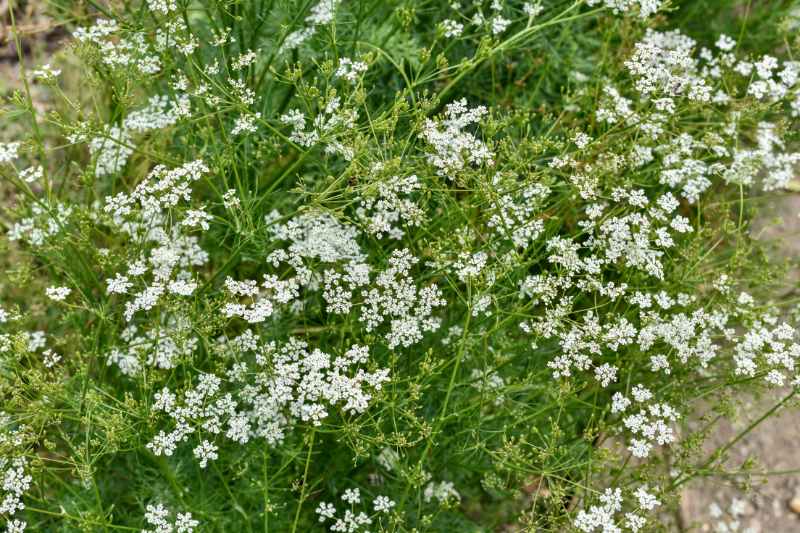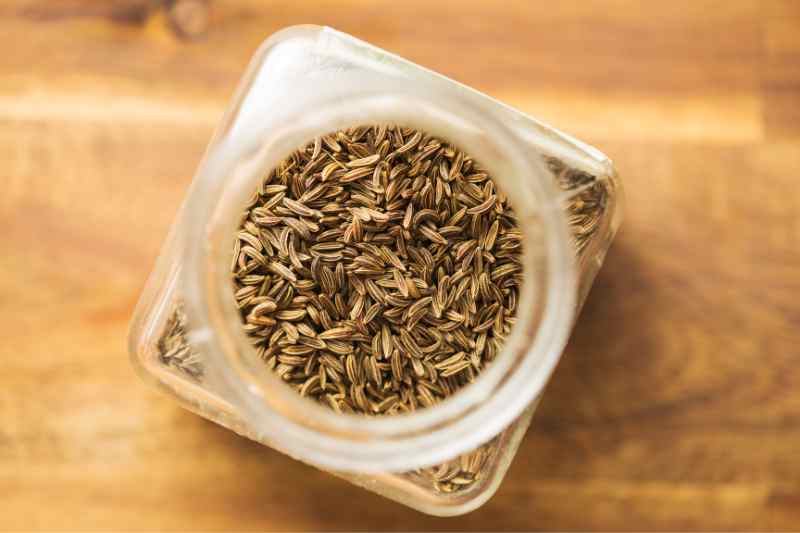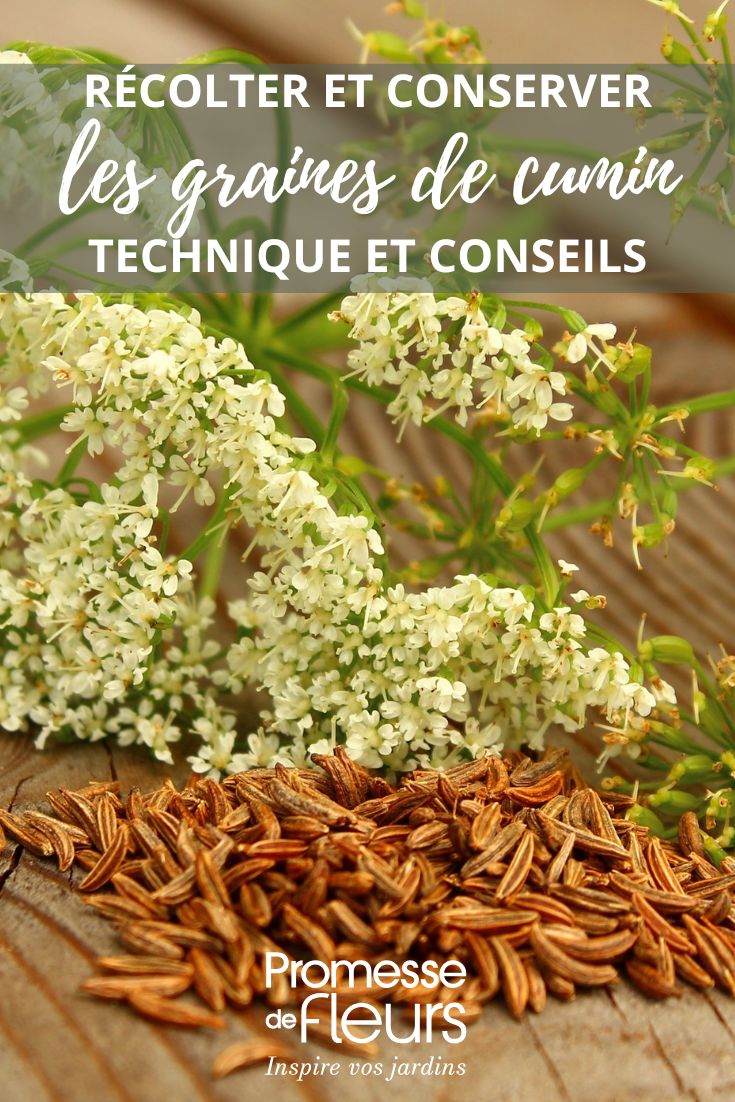Cumin (Cuminum cyminum) is one of the annual plants in the herb garden, not so common in our gardens and vegetable plots. Its seed is edible, and it is indeed the only part of this herb that we use, both medicinally and as a condiment.
Harvesting its small cumin seeds ensures that you can sow your own seeds the following year in the herb garden, but it also preserves the aromas of this spice. Like many others, they have a much more pronounced fragrance when you keep the whole seed rather than grinding it in advance.
Become your own supplier of cumin by harvesting and storing your seeds yourself!

When to harvest cumin seeds?
This annual requires a lot of heat to produce its flowers, and therefore its seeds, given its Mediterranean and Eastern origins.
Cumin seeds are harvested at full ripeness in summer or late summer, depending on the sowing date, usually three to four months after sowing. The time for harvesting arrives when the pods have turned brown, which varies by region, typically between July and early September. Harvesting should be done in dry weather to prevent the seeds from starting to germinate or moulding.
Note: Do not confuse cumin with caraway (Carum carvi), also known as meadow cumin. Pascale explains their differences in detail in Cumin: sowing, cultivation, and harvesting.
How to harvest and dry cumin seeds?
Cut the flower stalks with enough stems using clean scissors. Dry them by laying them out side by side on a clean cloth indoors, in a dry room. The seeds will finish drying over 3-4 days. They must be perfectly dry before being stored to avoid any mould.
Note: Then cut the entire plant back to 5 cm above the ground. It is an annual for us: you will re-sow it next spring while keeping some of the seeds for sowing.
How to store cumin seeds?
Like all spices, cumin seeds should be stored away from light, heat, and moisture. A pantry or dark cupboard is perfect for optimal storage. Prefer a metal or glass container, always airtight, to preserve their aroma. Be sure to label the storage containers with the harvest date.
Well preserved and unground, the seeds can be stored without issue for up to two years.

Uses of cumin in cooking
With their warm and earthy aromas, cumin seeds have been used for millennia in cooking.
Whole seeds are rarely used. It is better to grind them with a pestle in a mortar to release their full aromatic power. Gently heating the crushed seeds before adding them to a dish enhances their aromas even more. However, be careful to measure it well, as the strong flavour of cumin can quickly overpower other spices.
Moroccan, Indian, Mexican cuisine… cumin can be found in many regions of the world!
It is indeed one of the essential components of chili con carne, and in Eastern cuisine, of tagines and carrot salads from the Maghreb, hummus, and other Indian dahls.
This little seed sneaks into many spice blends, such as ras el hanout, curry, and garam masala, perhaps without you even knowing it.
With hard cheeses like sheep's cheese or gouda, or in velvety carrot soup, the pairing is perfect. Consider it in soups and to enhance fried eggs, or to flavour Indian flatbreads like papadam. Like turmeric, which pairs well with ginger, cumin loves paprika, garlic, and coriander.
In France, it is particularly appreciated in the east, especially in Alsatian cuisine to accompany munster cheese or on small breads like pretzels. Cumin is indeed, along with poppy seeds, one of the seeds to use generously to flavour all our homemade breads!
Personally, I use it a lot; it is one of the essentials on my spice rack!
Another use not to be overlooked for those with sensitive stomachs: infusion of finely ground cumin seeds reduced to a coarse powder. Infused at a rate of one teaspoon for 250 ml of boiling water, cumin helps with digestion and is known for its antispasmodic properties. And why not try jal-jeera, an Indian refreshing drink made with cumin and fennel?

































Comments